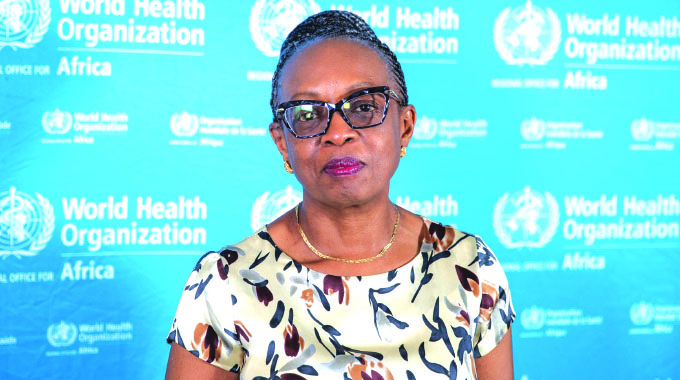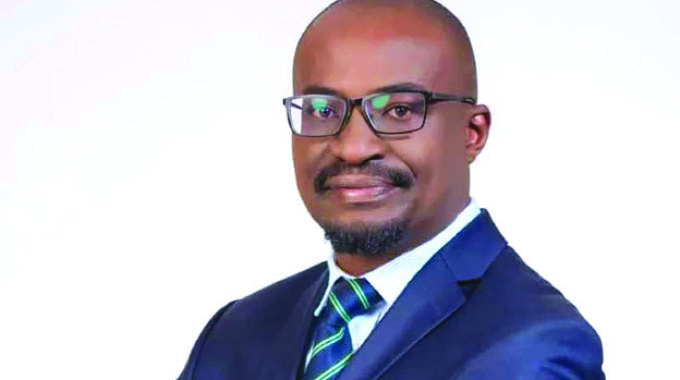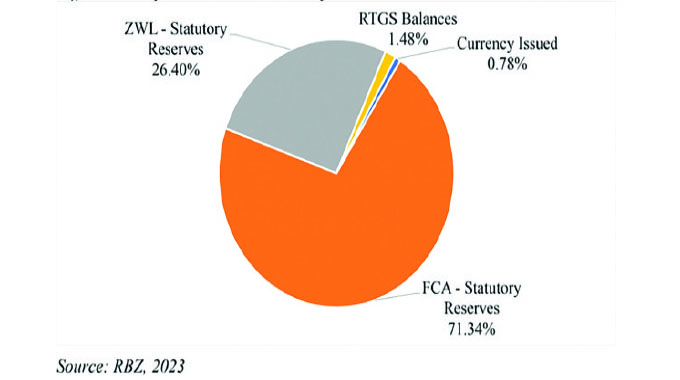Govt makes headway on road rehabilitation

Nelson Gahadza Senior Business Reporter
THE GOVERNMENT continues to make significant progress under the second phase of the Emergency Road Rehabilitation Programme (ERRP), as part of intensified efforts to improve the country’s road network.
Under the phased road rehabilitation programme, the Government pledged $33,6 billion and Zimbabwe National Roads Administration (ZINARA) has since disbursed over $2,3 billion towards the programme.
Overall, Finance and Economic Development Minister Mthuli Ncube has earmarked 33 percent of the 2021 National Budget for infrastructure projects, which has spawned a construction boom, created jobs and spurred economic growth prospects.
Other key infrastructure projects receiving close Government attention include construction of dams, schools, hospitals, clinics and other key public infrastructure that includes courts of law and administration structures.
Analysts however, note that the massive investment in road construction, rehabilitation and upgrades will help lay a strong foundation for growth given transportation is a key enabler of economic growth and development.
In his 2021 mid-term budget Minister Ncube said nearly $11 billion had been expended under the roads development programme, including $7 billion invested on the Harare-Beitbridge Road, a major artery linking South Africa, Zimbabwe, central and northern parts of Africa.
Official statistics show that more than 26 000 kilometres of road network will be repaired this year under the emergency road programme.
Of this, 840 km will be rehabilitated and reconstructed, 1 290 km, resealed, 8 340 re-gravelled and 17 000 re-gravelled.
The reconstruction is expected to take three months to finish off. Under the Emergence Repair Program Phase, the government is targeting to rehabilitate 10 000km of roads nationwide.
Experts said road infrastructure plays a critical role in enabling business and trade within Zimbabwe itself and the SADC region as a whole as it provides for access to markets and movement of raw materials, production inputs, finished goods and labour.
Mr Eddie Cross, a former member of the Central Bank’s monetary policy committee, said there should be much more emphasis on private sector involvement in the infrastructure projects in order to stimulate growth.
“The Chinese have shown us that economic growth must be preceded by investment in infrastructure,” he said.
He noted that the country had over the years not invested in infrastructure and the roads and railway systems had become deplorable.
“The capacity of the railways has declined by over 90 percent and rural roads have become virtually impassable in many areas, but through modernisation, there will be potential for turning around the economy,” he said.
Cross said typically infrastructure spend is financed over 20 to 30 years.
“Now with Zimbabwe with limited access to financial markets where such funding is available, funding is either from the budget or traffic,” he said.
Mr Victor Bhoroma, an economist, said a modern road infrastructure reduces the cost of doing business as it provides direct and efficient links between the consumers and the producers of goods and services.
“Zimbabwe is heavily reliant on foreign currency earnings from the tourism sector. The movement of tourists to various local sites and their enjoyment is facilitated by a good road network,” he said.
He added that similarly the movement of commodities destined for export markets such as minerals and manufactured products requires good road infrastructure.
Bhoroma said the best way to fund road infrastructure projects is to crowd in private sector capital in Build Operate and Transfer (BOT) funding models.
He noted that currently, the government did not have enough financial resources to fund self-financing projects that can draw resources from the users through toll fees.
“For urban roads, the government needs to amend the Roads Act and allow urban councils to collect term license fees. These license fees provide for guaranteed resources to councils that have the mandate to build, rehabilitate and develop urban road infrastructure,” Mr Bhoroma said.
Under the National Development Strategy 1 (NDS1), the government committed to infrastructure development, supported by the private sector.
The NDS1 is the government’s current five-year economic management master plan through to the year 2025, which has a strong focus on building, expanding and restoring infrastructure.
Through the strategy, the Government is targeting to increase the road network that meets the Southern Africa Transport and Communications Commission (SATCC) standards from five percent to 10 percent and to increase the number of kilometres of road network in good condition from 14 702km to 24500km by 2025.
According to NDS1, for the national rail system, the target under the five-year development plan is to increase the proportion of track meeting set standards (Track Quality Index) from 57 percent in 2020 to 68 percent by 2025.
In the 2021 budget, Minister Ncube, said a total of $139,8 billion will be spent on this year’s infrastructure investment programmes, which include roads, dams, housing and public buildings.








Comments